The construction of musical logic represents one of the most intricate cognitive processes in human creativity. Unlike verbal or mathematical reasoning, musical thought operates in a realm where emotion, structure, and intuition intersect. Composers and improvisers navigate this landscape through patterns, tensions, and resolutions that feel almost instinctive yet adhere to underlying frameworks. These frameworks, whether harmonic, rhythmic, or timbral, form the backbone of how music communicates meaning without words.
At its core, musical logic is not about rigid formulas but about relationships. A single note gains significance only in context—how it follows the previous tone and anticipates the next. Western classical traditions emphasize functional harmony, where chords propel forward motion through tension and release. Meanwhile, in Indian raga or West African polyrhythms, the logic unfolds through intricate melodic contours or interlocking rhythmic cycles. Despite differing cultural foundations, all systems rely on establishing expectations and then fulfilling, delaying, or subverting them.
Improvisation offers a fascinating window into real-time musical reasoning. Jazz musicians, for instance, internalize scales, chord progressions, and rhythmic phrases to the point where these elements become a vocabulary. During a solo, decisions happen at lightning speed—not as calculated steps but as fluid reactions shaped by years of practice and listening. The logic here is conversational, akin to speaking a language fluently enough to invent new sentences on the spot. Similarly, in electronic dance music, DJs mix tracks by matching keys and tempos, creating seamless transitions that feel inevitable to the dancer’s body.
Technology has expanded the possibilities of musical logic while also challenging traditional paradigms. Algorithmic composition tools can generate endless variations by following predefined rules, yet the most compelling results often emerge when human intuition intervenes. Artists like Brian Eno harness generative systems to create music that evolves unpredictably, blurring the line between composer and curator. Meanwhile, machine learning models analyze vast datasets of existing music to produce new works, raising questions about originality and the essence of creativity.
The listener’s mind actively participates in deciphering musical logic. Our brains seek patterns, whether in the verse-chorus structure of pop songs or the labyrinthine developments of a symphony. When a piece defies expectations—like a sudden key change or an irregular meter—it creates cognitive dissonance that can be thrilling or unsettling. This engagement mirrors how we process narratives, where surprises only resonate if they align with some internal coherence. Music, therefore, becomes a dialogue between creator and audience, with logic serving as the shared language.
Cultural context deeply influences how musical logic is perceived and valued. What sounds harmonically "correct" in Baroque counterpoint might seem restrictive to a blues guitarist favoring expressive pitch bends. Likewise, rhythms that feel natural in Afro-Cuban music may confound listeners accustomed to straight 4/4 time. These differences highlight that musical logic is not universal but learned, shaped by exposure and tradition. Yet, cross-cultural collaborations often reveal surprising commonalities, suggesting an underlying human propensity to find order in sound.
Education systems that prioritize technical mastery over creative exploration risk reducing musical logic to mere rule-following. Young musicians taught to view harmony textbooks as dogma may struggle to develop their own voice. Conversely, approaches like the Orff Schulwerk method encourage play and experimentation, fostering an intuitive grasp of musical relationships. The balance between understanding conventions and daring to break them is where innovation thrives, from Beethoven’s disruptive harmonies to Kendrick Lamar’s rhythmically complex rap verses.
The neuroscience of music offers tantalizing clues about how our brains process musical logic. Studies show that certain intervals or rhythms activate reward centers, while unexpected deviations heighten attention. This suggests that the pleasure of music lies partly in its ability to simultaneously predict and surprise. Composers like Bach and Radiohead exploit this duality, crafting works that feel both inevitable and revelatory upon repeated listening. Their genius lies in embedding layers of logic that unfold over time, rewarding deep engagement.
As artificial intelligence becomes more sophisticated, it forces us to reconsider what makes musical logic distinctly human. AI can replicate styles and combine influences with frightening accuracy, but it lacks the lived experiences that infuse music with personal meaning. The imperfections in a blues singer’s voice or the slight rushing of a jazz drummer’s beat carry emotional information that algorithms struggle to capture. Perhaps true musical logic resides not just in the notes themselves, but in the spaces between them—the breaths, hesitations, and emphases that reflect our imperfect humanity.
Ultimately, the construction of musical logic remains one of our most profound intellectual and artistic achievements. It bridges the concrete and the abstract, the individual and the universal. Whether through a child’s first piano lesson or a composer’s lifelong quest for innovation, engaging with musical thinking reshapes how we perceive time, emotion, and connection. In an increasingly fragmented world, the silent syntax of music continues to speak volumes.
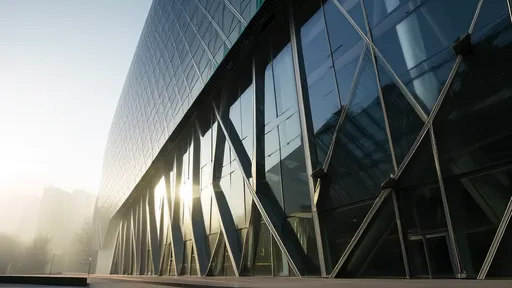
By /Jul 25, 2025
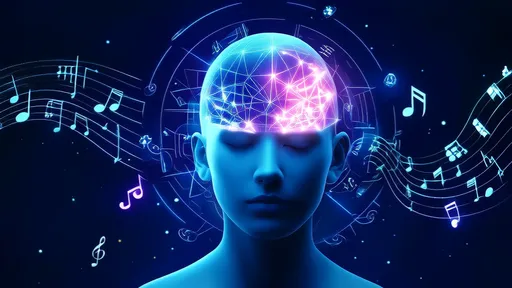
By /Jul 25, 2025
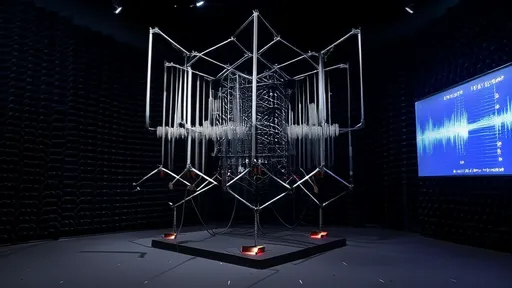
By /Jul 25, 2025

By /Jul 25, 2025

By /Jul 25, 2025

By /Jul 25, 2025

By /Jul 25, 2025

By /Jul 25, 2025
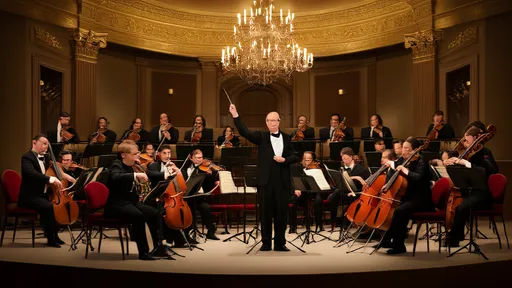
By /Jul 25, 2025

By /Jul 25, 2025

By /Jul 25, 2025
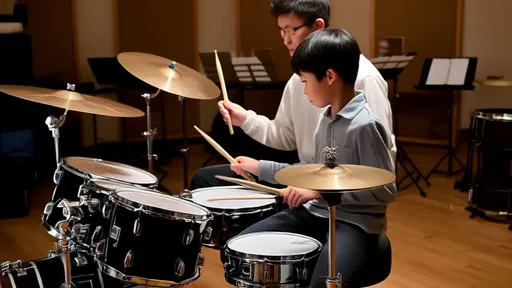
By /Jul 25, 2025
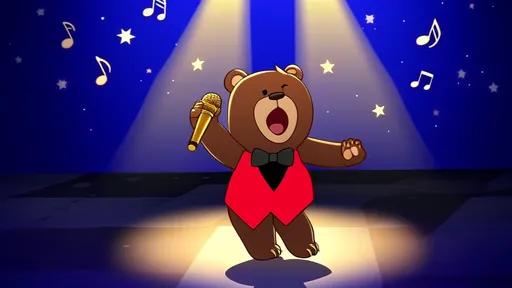
By /Jul 25, 2025

By /Jul 25, 2025

By /Jul 25, 2025

By /Jul 25, 2025

By /Jul 25, 2025

By /Jul 25, 2025